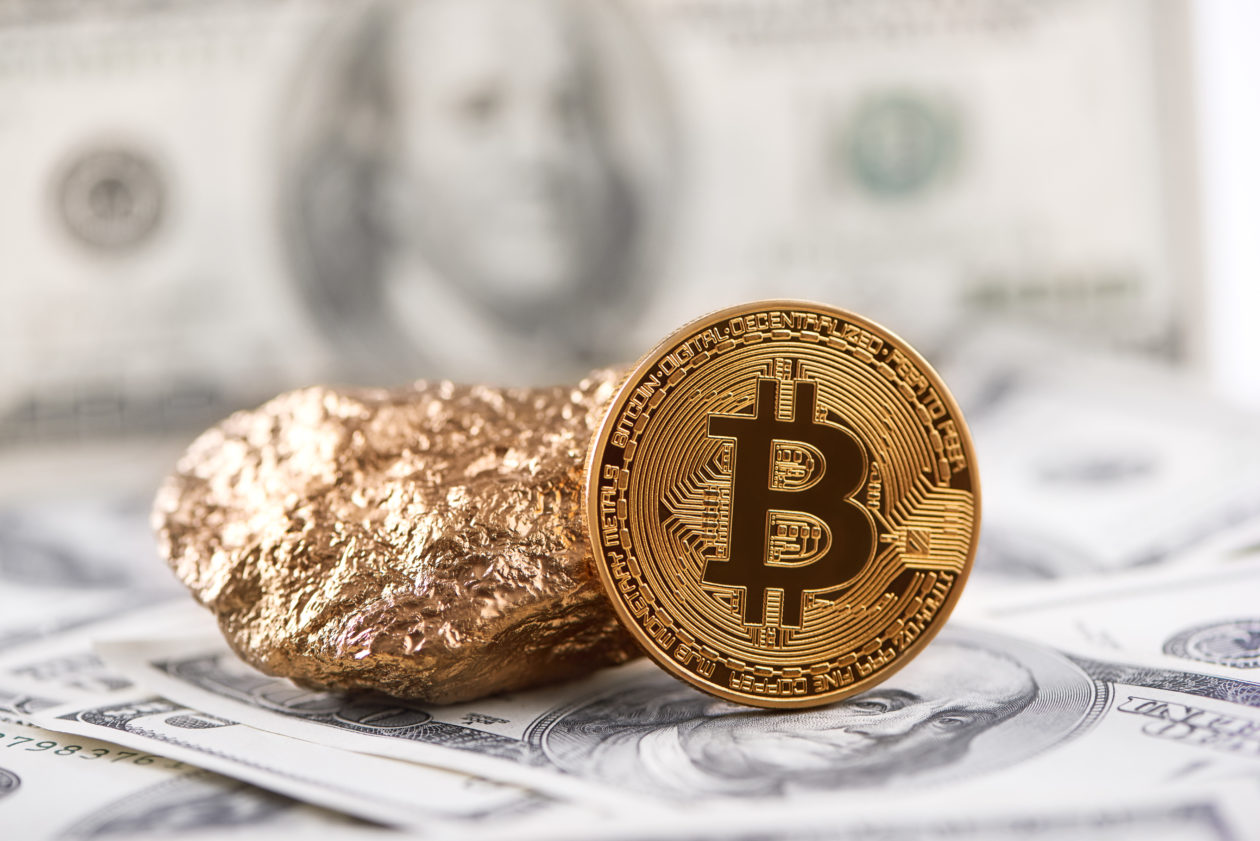Bitcoin’s sell-off may have been technical, but one non-technical reason is that investors are reminded of its scarcity. China restricted state-owned enterprises from industrial-scale Bitcoin mining and any other involvement in mining. Although that may cause a temporary decline in Bitcoin’s hash rate and result in liquidations, the hoarding by miners could intensify.
A new paradigm is that Bitcoin miners not only want to sell their holdings, they want to accumulate more Bitcoin as China and environmental regulation put the brakes on the mining industry. Investors could react with a fierce buying spree of Bitcoin futures and exchange traded funds. Bitcoin investors characterized as fundamentalists who are in it for the long haul, institutional investors that look to diversify and speculative investors that are day trading could all be set off at once to hoard Bitcoin as mining activity recedes.
When an asset is accumulated because of its unique features, then liquidity, safety and a guaranteed return of principal are considerations. In crypto the phenomenon is different. Digital assets require capital to be raised to set up a technology operation for mining and transacting. Miners are finding creative ways to leverage Bitcoin holdings to cover operational costs to avoid a force sale.
One strategy is lending out a portion of the Bitcoin portfolio and earning interest that can directly go towards paying operating expenses. An example is Hut 8 Mining, which loaned 2,000 Bitcoins to collect 4% interest. What the company effectively did is create a Bitcoin treasury by earning a yield on its loaned crypto assets that creates a liquidity effect in Bitcoin futures. Public miners such as Marathon and Riot have followed Hut 8 by increasing their Bitcoin treasuries.
Bitcoin is gaining in scarcity premium — the measure of investors’ desire to hold the asset — and despite a higher volatility, the hoarding of Bitcoin puts it in direct competition with gold and treasuries. Investors that seek to purchase Bitcoin for fundamental reasons want an asset that yields above inflation, whereas diversifying investors seek stability and speculators chase high returns. Increased hoarding activity by miners may deliver to all three investor classes because reducing the float of Bitcoin ahead of its natural limit will transform digital assets to collateral.
It is an important change in a time when inflation is weighing on investors’ minds. The scarcity of safe assets has been a strong incentive for investors to seek out higher yielding assets. Now that the real yield — nominal yield accounting for inflation — is negative for many financial assets, Bitcoin and crypto stand out. The Bitcoin futures ETF’s implied interest — the interest rate equal to the difference between the spot rate and the forward or futures rate — has been moving higher because of the contango. Holding onto Bitcoin and selling futures may result in an implied yield of 10% or higher.
The hoarding of Bitcoin and other crypto assets is likely to intensify, further solidifying their status as a haven. The expansion of the crypto-lending business is an important force to reckon with as Ether and stablecoin loans are favored by investors willing to take more risk on the basis that Bitcoin gains in treasuries’ status. The interest on crypto loans will become an important metric watched by investors for yields offered on digital assets.




